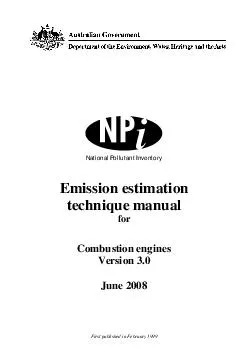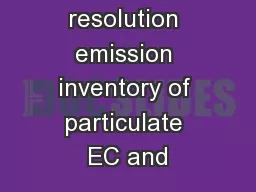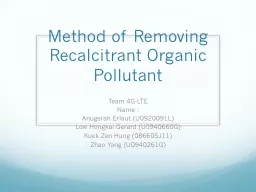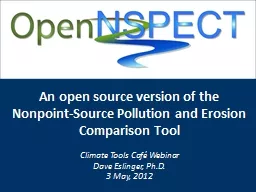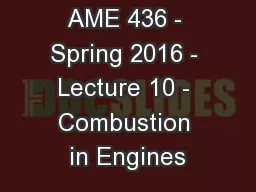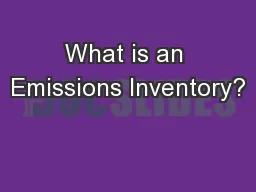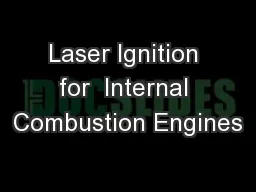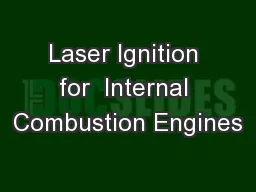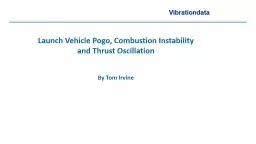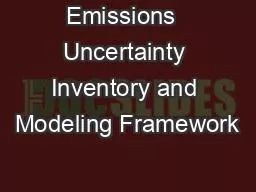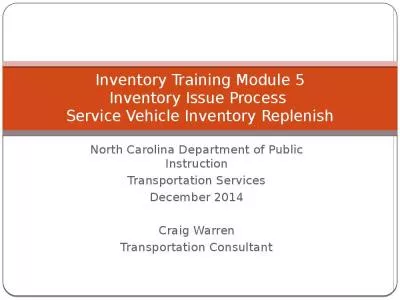PDF-National Pollutant Inventory Emission estimation technique manual for Combustion engines
Author : cheryl-pisano | Published Date : 2014-12-27
0 June 2008 First published in February 1999 brPage 2br ISBN Disclaimer brPage 3br brPage 4br brPage 5br brPage 6br brPage 7br Introduction NPI Guide NPI Guide brPage
Presentation Embed Code
Download Presentation
Download Presentation The PPT/PDF document "National Pollutant Inventory Emission es..." is the property of its rightful owner. Permission is granted to download and print the materials on this website for personal, non-commercial use only, and to display it on your personal computer provided you do not modify the materials and that you retain all copyright notices contained in the materials. By downloading content from our website, you accept the terms of this agreement.
National Pollutant Inventory Emission estimation technique manual for Combustion engines: Transcript
Download Rules Of Document
"National Pollutant Inventory Emission estimation technique manual for Combustion engines"The content belongs to its owner. You may download and print it for personal use, without modification, and keep all copyright notices. By downloading, you agree to these terms.
Related Documents

